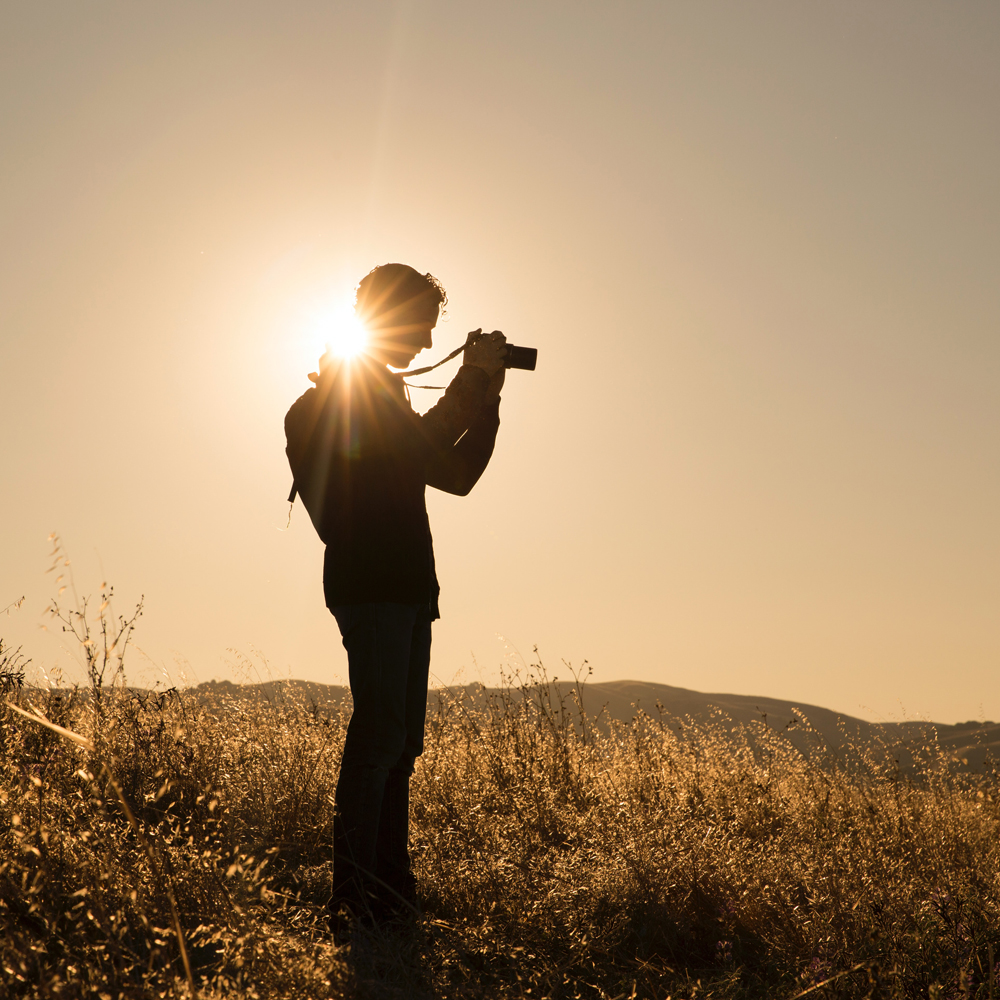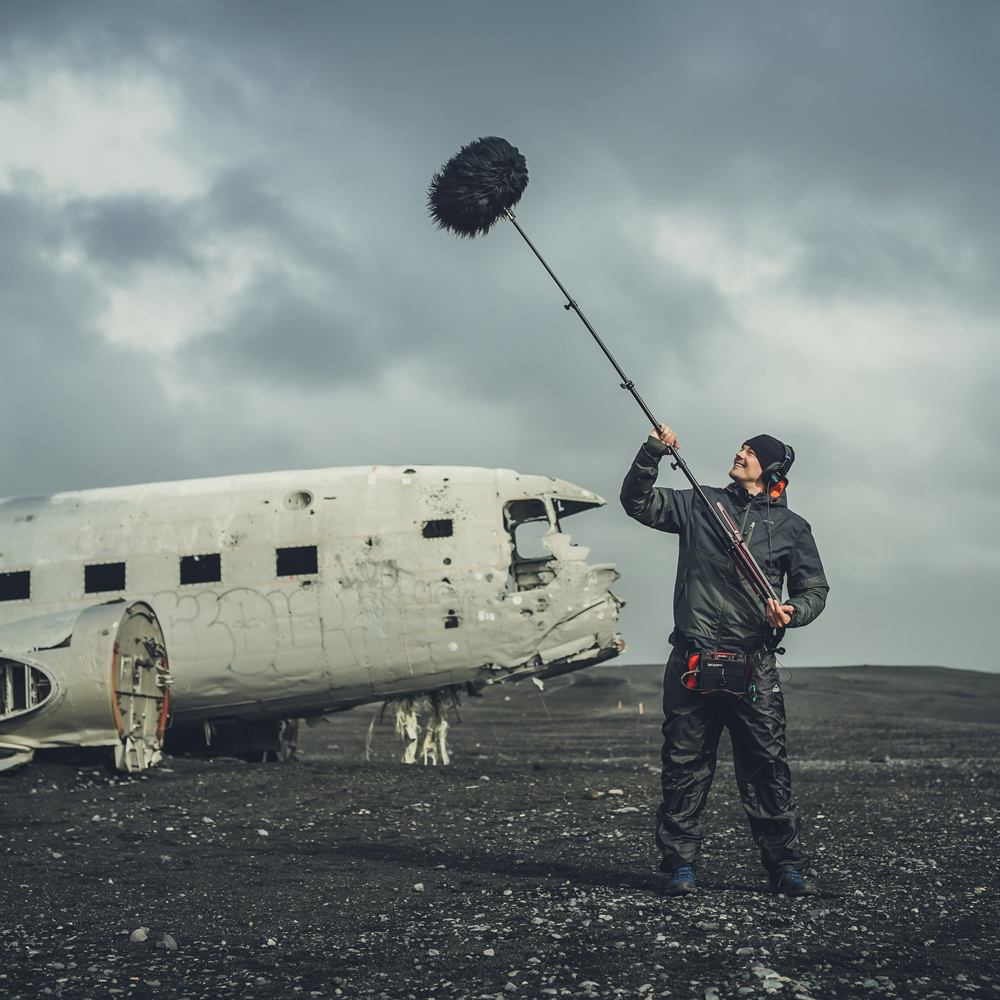THE CHALLENGE
 This week’s class was given the task to create an entire set from scratch. Each group in the class had their own set of challenges to overcome. After each set was built, a few judges would tour them. Not knowing anything about them, they would have to guess this criteria rooted with three obstacles:
This week’s class was given the task to create an entire set from scratch. Each group in the class had their own set of challenges to overcome. After each set was built, a few judges would tour them. Not knowing anything about them, they would have to guess this criteria rooted with three obstacles:
- The Character: This is the talent that the set is built around. For example the character could be a mad scientist, western vampire, a priest, etc.
- The Genre: A specific genre (e.g. horror, sci-fi, thriller) was handed out to each group.
- Time Period: This is the most restrictive. Each set had to stay in the range of the decade given (1980s, 1930s, 1950s etc.)
THE PROCESS
With only a character, a genre, and a time period, the groups had two full class days to completely create their own set. Each group sprang into action by going to thrift stores, prop rentals, asking friends and family, going anywhere to find resources they could build their sets out of. Not only did they have to reach that criteria, the students, when finished building, had to properly light their set using the school’s equipment. Whether it’s practical (available lighting) or staged.
WHAT TO LEARN
The goal of this assignment is to teach the students the importance of production design in any film. As a student filmmaker with little to no budget, it is of the upmost importance to know that production design is one the most underrated aspects going into a film. If you are doing a period piece, and your story revolves around the 1930s, imagine the designs of the sets you’d have to meticulously create. The further a project goes back in time, the harder most would say the overall project becomes to make everything in camera aesthetically authentic.
The students also learned that limitation is mother of creativity. Working with a restricted budget forces the students to come up with scrap materials to make their sets look as original as possible. The sky is the limit for these assignments. For example: in one of the pictures above a group of students had this assignment:
Character: Vampire
Genre: Western
Time Period: 1980s
 This group of students used basic insulation foam to create that massive boom box. They spray painted it with the glowing 1980s neon color scheme. The actor was dressed as a cowboy/vampire to intertwine the genre, and the character they were given to accomplish.
This group of students used basic insulation foam to create that massive boom box. They spray painted it with the glowing 1980s neon color scheme. The actor was dressed as a cowboy/vampire to intertwine the genre, and the character they were given to accomplish.
All together the group spent $65 to get the materials they didn’t have on hand: foam boards, make-up, fake blood, spray paint, cowboy hat, etc. What do you think? Could you tell that this is a 1980s, “Vampire Western” studio set?
MISTAKES & TIPS
The biggest mistakes the groups kept running into were keeping their sets in the time period they were given. Going back to the budget restriction, the students had to figure out ways to cut corners.
 For example in the picture displayed above with the religious leader, a psychedelic helmet, and a “Boy’s Life” magazine were all constructed by materials the students had. The helmet had holes drilled into it with spark plugs, and tubes running from them. The “Boy’s Life” magazine is actually a magazine for home decor. They just printed out images, and pasted them to the front, and back of a magazine. And the electrical piece of equipment was just a briefcase filled with old computer motherboards. They all together spent $30 creating their set.
For example in the picture displayed above with the religious leader, a psychedelic helmet, and a “Boy’s Life” magazine were all constructed by materials the students had. The helmet had holes drilled into it with spark plugs, and tubes running from them. The “Boy’s Life” magazine is actually a magazine for home decor. They just printed out images, and pasted them to the front, and back of a magazine. And the electrical piece of equipment was just a briefcase filled with old computer motherboards. They all together spent $30 creating their set.
Remember, as a beginning filmmaker it is important to make sure that the design of your set matches the script. Poor production design takes the audience out of the story, and they realize that they are just watching a movie, which is a big red flag that screams “amateur.”
With little to no budget think creatively, and outside the box. Figure what materials you have available to you that you can manipulate. Ask yourself: “What can I borrow from my friends, and family?” Thrift stores and prop rental stores become one of your biggest assets.
Hands-On Practice
Use the three criteria mentioned above to create your own Production Design Challenge. Get a group of friends together and see who can come up with the best design.
Recent Posts
All content copyright © Nashville Film Institute




